The birth of the Indochina College of Fine Arts (École des Beaux-Arts de l'Indochine - EBAI) in 1925 laid the foundation for modern Vietnamese fine arts.
During its two decades of existence, the school has trained a generation of talented painters and sculptors, who are both knowledgeable in Western academic techniques and seek to incorporate national materials and themes into their works.
However, the historical upheaval of 1945 presented artists with a new challenge. When EBAI was forced to close, the artistic path seemed to be interrupted. But it was in this context that Vietnamese fine arts found a new mission: to accompany the nation in the resistance war against French colonialism.
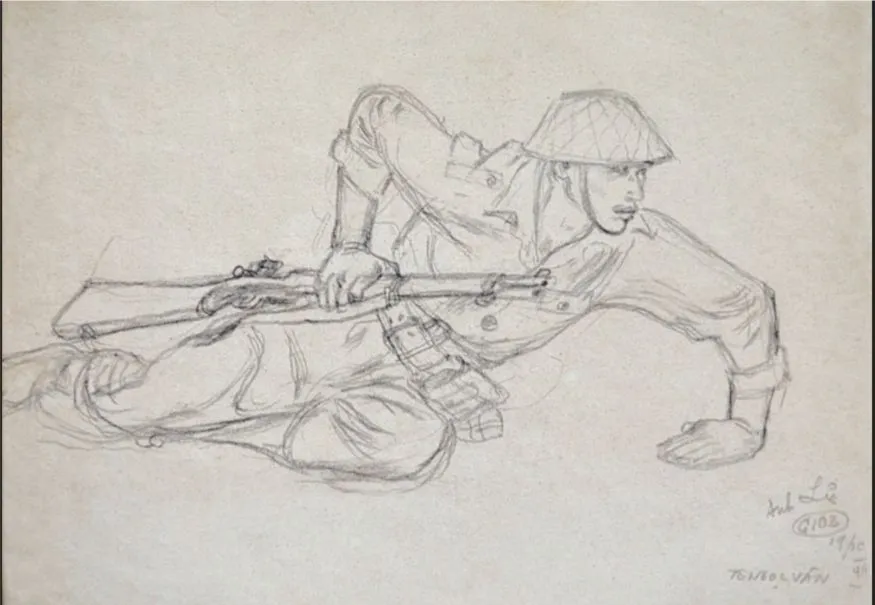
After the August Revolution, many artists left the cities for the Viet Bac resistance zone. The resistance conditions were harsh, and painting materials were scarce, so they had few opportunities to create elaborate oil or silk paintings as before. Instead, sketching with pencil, ink, charcoal, and pigments became the main means of creation. But it was this simplicity that brought great artistic power.
Quick, concise strokes with few colors can still realistically depict the fighting and working life of our army and people. Paintings are not only art, but also valuable documents, reflecting the vivid reality of the resistance war.
One of the representative works is the sketch of Anh Lu (1949, currently in the collection of Quang San Art Museum, Ho Chi Minh City) by To Ngoc Van. With just a few simple charcoal strokes, he depicted the appearance, demeanor and indomitable spirit of the soldier of the Capital Regiment.
Not only did he create works, To Ngoc Van also played an important role in the resistance art career. He became the first Principal of the Resistance Art School in Viet Bac in the early 1950s. Under his guidance, many generations of young artists both studied and participated in the war, forming a revolutionary art team.
Along with To Ngoc Van, painters Tran Van Can, Nguyen Sang, Huynh Van Gam, Nguyen Tu Nghiem, Luu Cong Nhan… also actively created works. They depicted images of soldiers, laborers, mothers of resistance, war zones, and troops going to battle. Many sketches, colored powders, and Chinese ink paintings were full of emotion, reflecting the optimistic spirit and determination of the nation.
It was from the context of war that a new art was formed - the revolutionary art of resistance. Looking back at the period from 1945 to 1954, it can be affirmed that Vietnamese art has undergone a great transformation. From romantic beauty, art has been closely linked to revolutionary ideals, becoming a spiritual weapon on the cultural and ideological front.
Mr. Nguyen Thieu Kien, Director of Quang San Art Museum, commented: “Looking at the two works of Nguyen Huyen and To Ngoc Van, we see the great movement of Vietnamese fine arts. It is not only the beauty of lines and composition, but also the place to convey national identity and spirit. From the romantic beauty of peace , art has moved to the resilient spirit of resistance, leaving a legacy that is both rich in art and carries the soul of Vietnamese culture.”
Indeed, the battlefield sketches of this period have become historical witnesses. They not only record the image of the nation’s long resistance war, but also affirm the position of art in the nation’s spiritual life. This is a precious heritage, laying the foundation for the development of revolutionary and modern Vietnamese fine arts later.
Today, when enjoying works of art from the period 1945-1954, the public not only feels the artistic beauty, but also sees the strong vitality of the resistance spirit.
Source: https://www.sggp.org.vn/my-thuat-viet-nam-giai-doan-1945-1954-ban-linh-nghe-thuat-trong-khang-chien-post811319.html



![[Photo] The 1st Congress of Phu Tho Provincial Party Committee, term 2025-2030](https://vphoto.vietnam.vn/thumb/1200x675/vietnam/resource/IMAGE/2025/9/30/1507da06216649bba8a1ce6251816820)
![[Photo] President Luong Cuong receives President of the Cuban National Assembly Esteban Lazo Hernandez](https://vphoto.vietnam.vn/thumb/1200x675/vietnam/resource/IMAGE/2025/9/30/4d38932911c24f6ea1936252bd5427fa)
![[Photo] Panorama of the cable-stayed bridge, the final bottleneck of the Ben Luc-Long Thanh expressway](https://vphoto.vietnam.vn/thumb/1200x675/vietnam/resource/IMAGE/2025/9/30/391fdf21025541d6b2f092e49a17243f)


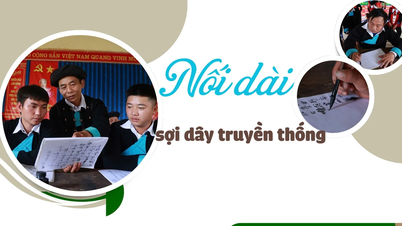

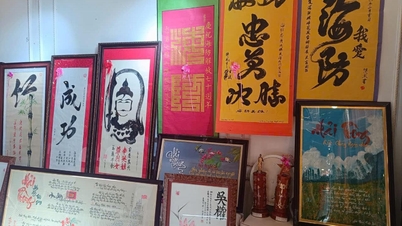

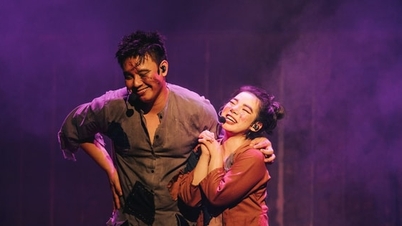

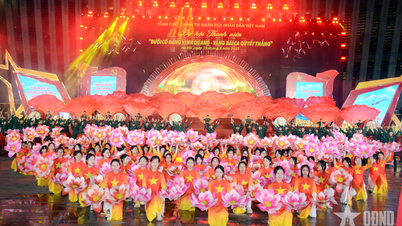

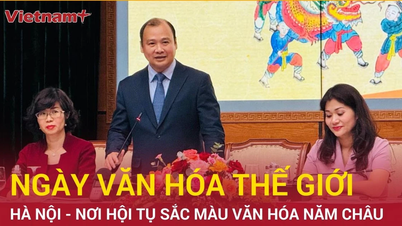




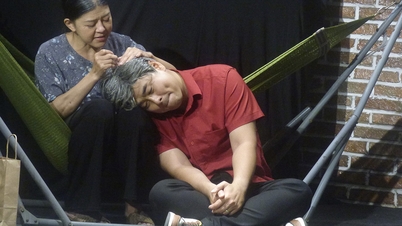

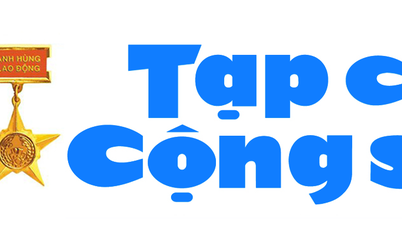

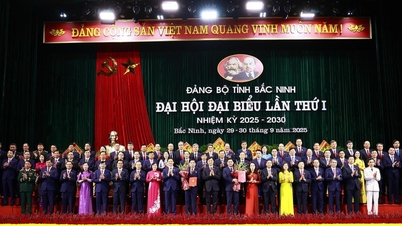

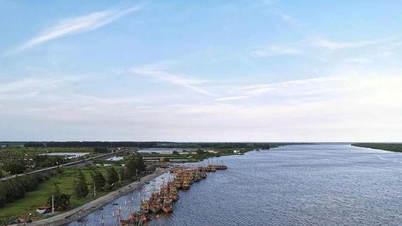




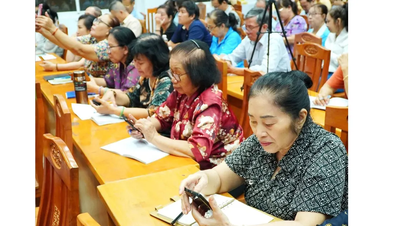





![[Photo] Solemn opening of the 12th Military Party Congress for the 2025-2030 term](https://vphoto.vietnam.vn/thumb/1200x675/vietnam/resource/IMAGE/2025/9/30/2cd383b3130d41a1a4b5ace0d5eb989d)

































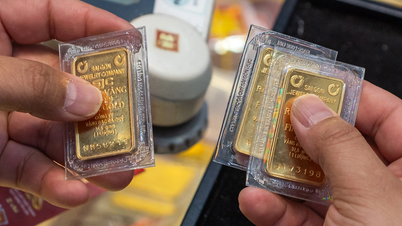











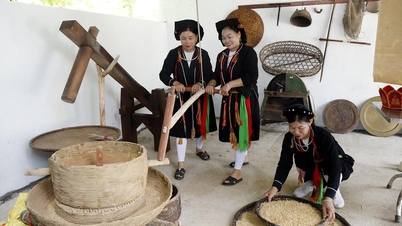

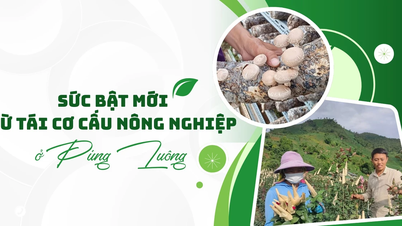


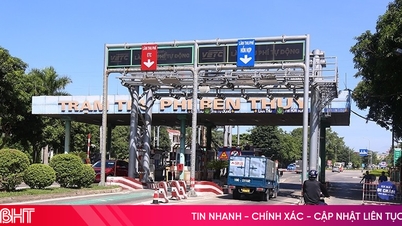












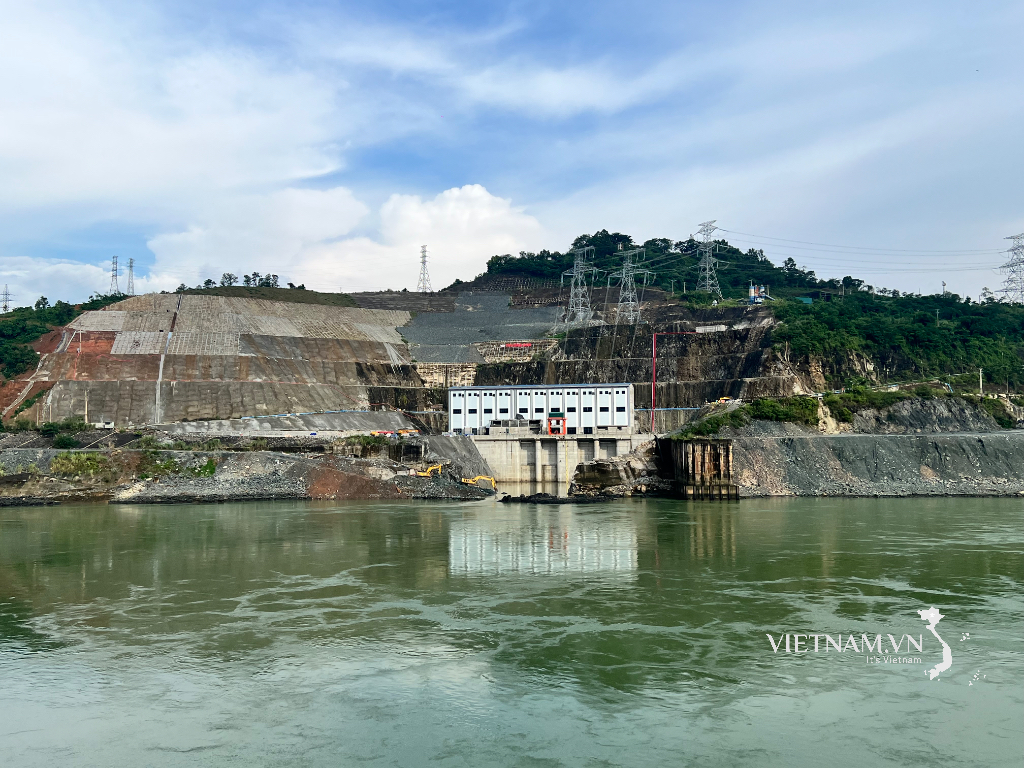

Comment (0)